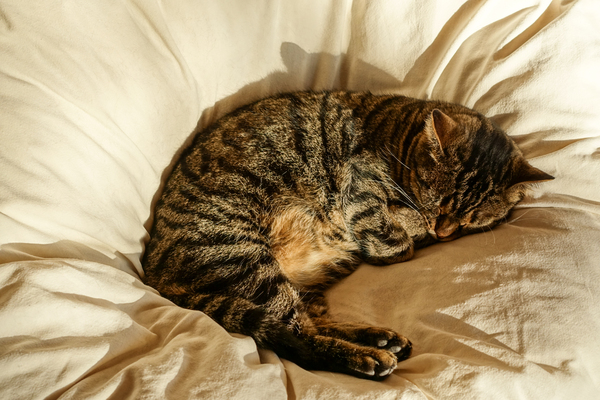
Cat litter and litter boxes play a pivotal function in the lives of both felines and their owners. From the humble beginnings of sand and soil to the innovative developments these days, the world of cat litter has actually evolved significantly. In this extensive guide, we dig into every aspect of cat litter and litter boxes, exploring their history, types, advantages, difficulties, and whatever in between.
The history of cat litter go back centuries, with ancient civilizations utilizing sand, soil, and even ashes as primitive litter products. Nevertheless, it wasn't up until the mid-20th century that contemporary cat litter as we understand it emerged. In 1947, Edward Lowe presented the world's very first industrial cat litter made from absorbent clay, changing the method felines relieved themselves inside. Ever since, cat litter has actually gone through various changes, with the intro of clumping litter, silica gel litter, naturally degradable choices, and more.
Today, cat owners are spoiled for choice when it comes to selecting the ideal litter for their feline buddies. Conventional clay litter remains popular for its cost and effectiveness in absorbing smells. Clumping litter, which forms strong clumps when wet, streamlines cleaning and maintenance. Silica gel litter, made up of extremely absorbent silica crystals, provides exceptional odor control and longevity. Eco-friendly alternatives, such as recycled paper, wood pellets, corn, and wheat, attract environmentally conscious customers.
Each kind of cat litter provides unique benefits. Clay litter stands out in its ability to absorb wetness and control smells, making it a trustworthy choice for many feline owners. Clumping litter simplifies daily scooping and extends the time in between total litter changes. Silica cat litter box self cleaning gel litter supplies remarkable odor control and can last longer in between replacements. Naturally degradable litters provide a sustainable option that reduces environmental effect.
While cat litter improves indoor feline health, it is not without its difficulties. Dust from clay litter can position breathing risks for both felines and people, prompting the popularity of dust-free options. Some cats may establish litter box hostility due to problems with texture, scent, or tidiness, necessitating experimentation with various litters and box configurations. Multi-cat families may need tactical litter box placement and regular upkeep to prevent territorial disputes and guarantee all cats have access Litter Box Liners to clean centers.
Selecting the appropriate litter box is necessary for promoting positive litter box routines and total feline well-being. Aspects to consider consist of size, availability, and design choices. Covered litter boxes supply privacy and aid contain smells, but some felines may discover them restricting or intimidating. Open-top litter boxes use easy access and Clay Cat Litter presence but might result in more litter scatter. Automatic self-cleaning litter boxes improve upkeep however need regular tracking and maintenance.
Appropriate litter box upkeep is crucial for ensuring a clean and welcoming environment for both cats and their owners. Daily scooping gets rid of waste immediately, minimizing odor and preventing litter box aversion. Routine litter replacement, typically every 1-2 weeks, prevents bacterial accumulation and maintains ideal absorbency. Thorough cleaning with mild detergent and water, preventing extreme chemicals that might prevent felines from using package, should be performed monthly.
Cat litter and litter boxes play a main role in fostering a healthy and harmonious relationship in between cats and their human buddies. With a varied array of litter options and litter box designs available, cat owners have the flexibility to tailor their options to match their felines' preferences and household requirements. By comprehending the evolution, types, benefits, and difficulties of cat litter and litter boxes, family pet owners can supply their feline friends with a comfortable and hygienic indoor environment.